Art & Exhibitions
Women Dominate Turner Prize 2016 Shortlist
The winner will be announced in December.
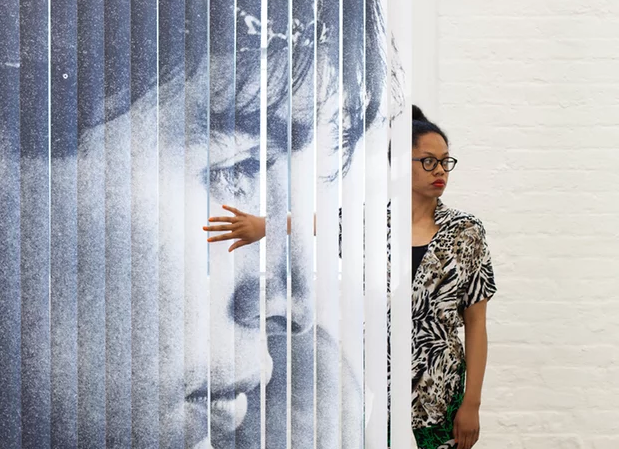
The winner will be announced in December.

Lorena Muñoz-Alonso

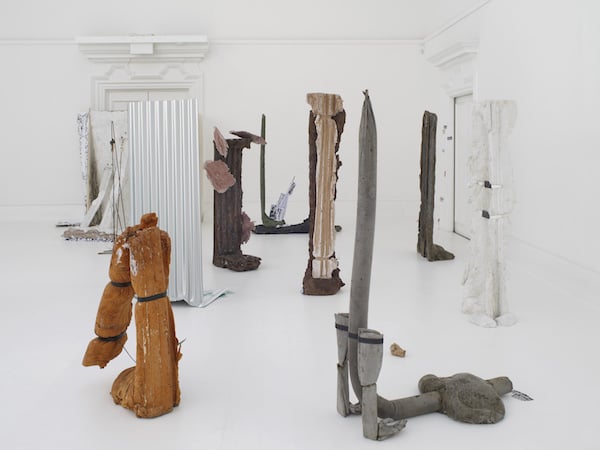
Installation view of Sic Glyphs 2016 at South London Gallery. Photo: Andy Keate; Courtesy of the artist, Herald St, London, Mendes Wood DM, Sao Paulo, Supportico Lopez, Berlin.
The shortlist for the 2016 edition of the Turner Prize, Britain’s most eagerly-awaited art award, was announced early this morning and, for once, it manages to be both blissfully uncontroversial and thoroughly convincing.
The nominees are Michael Dean, Anthea Hamilton, Helen Marten, and Josephine Pryde—four London-based artists whose oeuvres have garnered consistent critical acclaim in the last few years.
Crucially, all four of them are visual artists proper (and not architects, like last year’s winners Assemble) so whoever wins the prestigious award, the result won’t cause a widespread meltdown about the end of contemporary art as we know it.
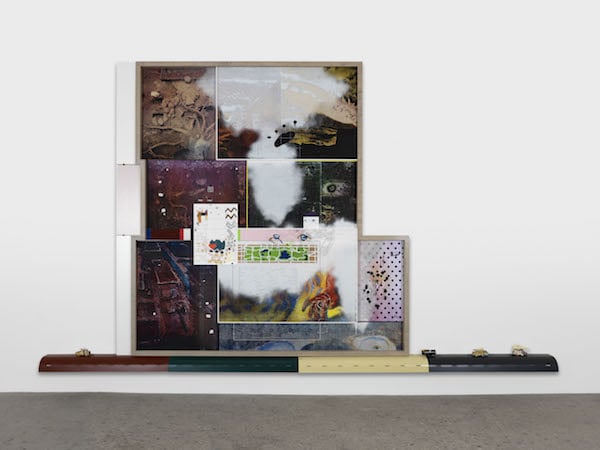
Helen Marten, LimpetApology (traffictenses) (2015). Photo: Annik Wetter © The Artist; Courtesy Sadie Coles HQ, London; Greene Naftali, New York; Koenig Galerie, Berlin; T293, Rome and Naples.
The shortlist, which like last year’s includes three female artists out of four nominees, has a bias towards sculpture, as seen particularly in the work of Dean, Hamilton, and Marten. The three artists—who are all in their early- to mid-thirties—work across a range of mediums but share a strong focus on installations.
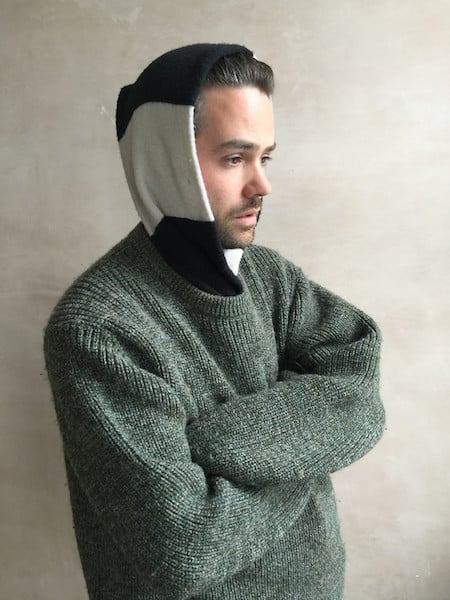
Michael Dean. Photo taken by the artist.
Michael Dean has earned his nomination thanks to his exhibition “Sic Glyphs” at South London Gallery (which ends next Sunday) and last year’s “Qualities of Violence” at De Appel Arts Centre, Amsterdam.
Dean’s main theme is the embodiment of language through sculptures. Made with discarded everyday materials which he combines into fantastic installations, Dean’s sculptures appear somewhat anthromorphosized, like characters in a play. Repetitive words, utterances, and tongues are some of his recurrent motifs.
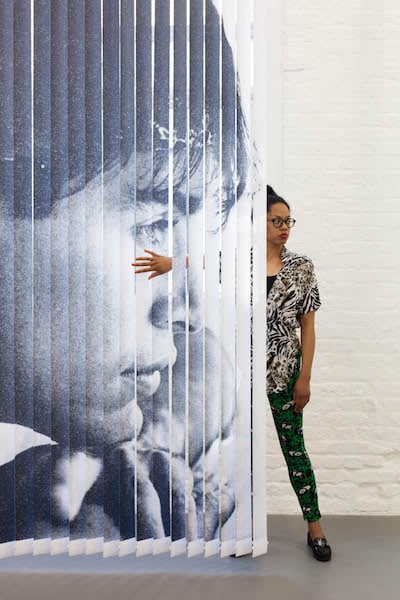
Anthea Hamilton. Photo: Lewis Ronald, Courtesy of Tate.
Anthea Hamilton has been nominated for her solo exhibition “Lichen! Libido! Chastity!” at New York’s SculptureCentre. Combining irreverent—and often bawdy—riffs on pop culture with adroit nods to recent art history, Hamilton’s sculptures, installations, performances, and video works are riotous, funny, and exquisite all at the same time.
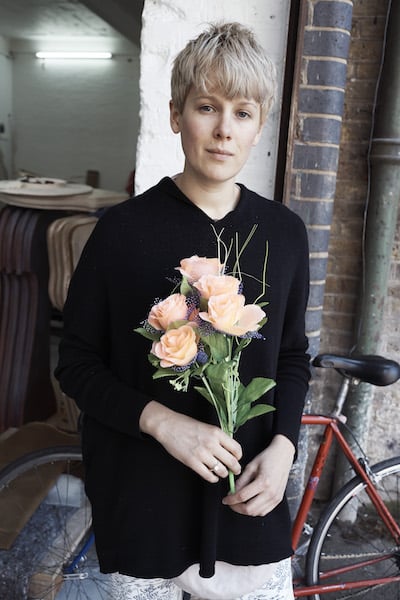
Helen Marten. Photo: Juergen Teller.
Helen Marten was nominated thanks to her participation in the International Exhibition at the 56th Venice Biennale, called Lunar Nibs, and her solo show “Eucalyptus Let Us In” at the New York gallery Greene Naftali.
Marten creates sculptures and installations formed by accumulations of found objects and crafted elements—often impossible to differentiate—which evoke the visual flotsam of contemporary culture. The results are dense, tableaux-like compositions where flat vertical planes counterpoint horizontal formations.
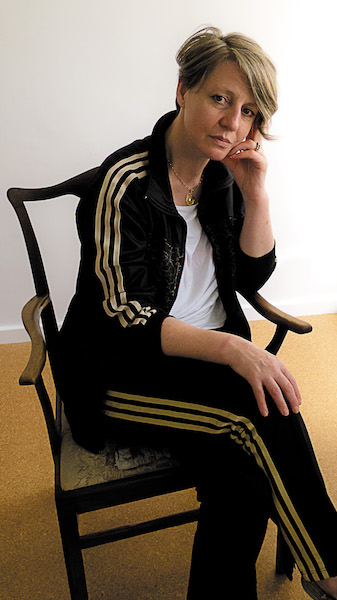
Josephine Pryde. Photo: Dan Mitchell.
Josephine Pryde made the list thanks to her exhibition “Lapses in Thinking By the Person I Am” at San Francisco’s Wattis Institute.
Working mainly with the medium of photography but displaying such works in intricate installations with sculptural elements, Pryde’s oeuvre tackles questions of image-making and display. She explores how the histories of art, photography, and science collide with politics and capitalism, all the while impacting on each other.
This year, after last year’s stint at Tramway in Glasgow, the Turner Prize exhibition will launch at Tate Britain on September 27, showcasing works by the four nominees.
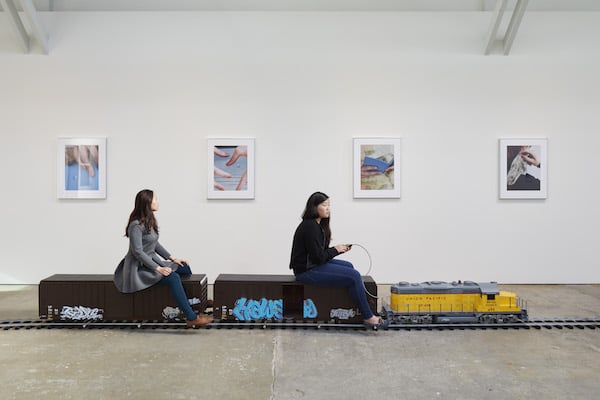
Installation view of “Lapses in Thinking By the Person I Am” at the Wattis Institute for Contemporary Arts, San Francisco. Photo: Johnna Arnold, Courtesy of Josephine Pryde.
Following a period of nominations by the public, the shortlist has been selected by a jury chaired by the director of Tate Britain, Alex Farquharson, and formed by Michelle Cotton, director of the Bonner Kunstverein in Bonn; Tamsin Dillon, curator; Beatrix Ruf, director of the Stedelijk Museum in Amsterdam; and Simon Wallis, director of the Hepworth Wakefield.
The Turner Prize, which was established in 1984, is endowed with £40,000 in total, of which £25,000 are awarded to the winner, and £5,000 each go to the other shortlisted artists.
The winner will be announced in December 2016, during an awards ceremony broadcast live on the BBC.